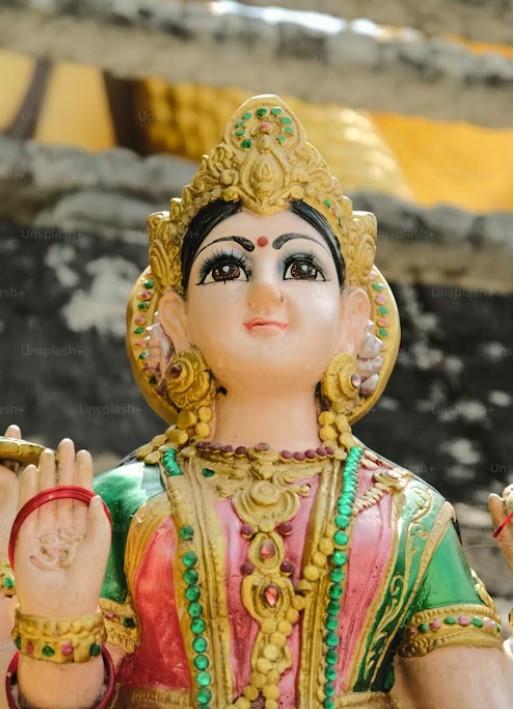In Hinduism, the journey of life doesn’t cease with death; rather, it transitions into another realm. Hindu funeral rituals are profound ceremonies deeply rooted in tradition, spirituality, and a profound understanding of the cycle of life and death. These rituals serve not only as a means to bid farewell to the departed but also as a way to guide their soul to its next destination with reverence and honour. In this article, we delve into Hindu funeral rituals.
Beliefs and Philosophy
Central to Hindu funeral rituals is the belief in reincarnation—the soul’s journey through various bodies until it achieves liberation, known as moksha. Thus, the rituals surrounding death are seen as pivotal in ensuring a smooth transition for the departed soul. The customs and ceremonies differ across regions and sects, but they all share common elements and symbolism.
Preparing the Departed
The moment death occurs, family members begin the process of honoring the departed soul and preparing for the final rites. The body is bathed and adorned with fresh clothes, usually white, symbolizing purity and simplicity. In some traditions, the deceased’s head is shaved, signifying detachment from the physical world. Family and friends gather to pay their respects and offer condolences to the bereaved.
The Funeral Ceremony
The funeral ceremony typically takes place within 24 to 48 hours after death, respecting the belief that the soul should be released from the body as soon as possible to begin its journey. Before cremation, the body is placed on a bier, adorned with flowers, and carried to the cremation ground, often accompanied by chants and prayers from sacred texts like the Bhagavad Gita.
Cremation and Beyond
At the cremation ground, the eldest son or another male relative traditionally lights the funeral pyre, symbolizing the release of the soul from its earthly ties. As the flames consume the body, mantras are recited to guide the departed soul towards liberation. The ashes are collected after cremation and either scattered in a sacred river, such as the Ganges, or preserved for immersion during specific ceremonies.
Mourning Period
Following cremation, mourning rituals continue for a period of time, usually twelve days to sixteen days, known as the mourning period or the Antim Sanskar. During this time, family and friends gather daily to offer prayers, recite scriptures, and share memories of the departed. These rituals provide emotional support and help the family cope with their loss while also ensuring the smooth journey of the departed soul.
Ritual Offerings
Food offerings, known as pinda, are made to nourish the departed soul during its journey in the afterlife. These offerings, along with prayers, are performed by priests or family members on specific days during the mourning period. It is believed that fulfilling these rituals aids the soul in its transition and helps it attain a higher realm in the cycle of rebirth.
Embracing the Eternal Cycle
Throughout Hindu funeral rituals, the underlying themes of respect, reverence, and acceptance of the natural cycle of life and death are deeply ingrained. Death is not viewed as an end but as a transition—an essential part of the eternal cycle of existence. By performing these rituals with sincerity and devotion, Hindus believe they can honor their loved ones and facilitate their journey towards spiritual liberation.
In conclusion, Hindu funeral rituals are sacred ceremonies that embody the profound spiritual beliefs and cultural traditions of Hinduism. From the preparation of the body to the final rites, every aspect of these rituals is imbued with symbolism and significance, guiding the departed soul towards its next destination with love and reverence. Through these age-old customs, Hindus find solace in the belief that death is not the end but a passage into the eternal realm of the soul.


